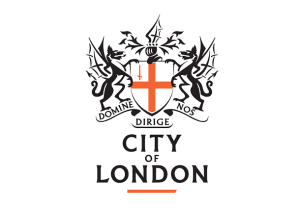There’s a Greek proverb that says, “a society grows great when old men plant trees in whose shade they shall never sit.”
Whatever your reason for planting a tree, there are a few things to consider to make sure it stands a good chance of surviving long enough for subsequent generations to sit under it!
In this blog post we’ll look at the following points:
- When to plant a tree in the ground
- When to plant a tree in a container
- Signs your tree may not be taking well
We’ll also start with a disclaimer: there are a lot of factors that determine the best time to plant an individual tree, including the type of tree and its intended location. If you’ve got questions about a specific tree or location, check out our tree planting services or drop us an email, we’ll be happy to help.
When to plant a tree in the ground
According to the Royal Horticultural Society, the best time to plant a tree in the UK is between October and April. The Woodland Trust brings these dates in a bit, recommending November through March as optimal tree planting seasons.
We’d recommend going for autumn if you’re able, as this considered the optimal time to plant. And while trees appear most active in summer, don’t be tempted to plant them then: this is the hottest time of the year, and the resulting pressure can impact their ability to take.
Here are some of the reasons why autumn is considered prime tree-planting time:
- The soil has retained some summer heat but won’t be too hot
- The soil is likely to be moist as well from seasonal rain, giving the tree a better chance of putting out roots and finding water
- Cooler ambient temperature reduces the heat pressure on the young tree
- The young tree is entering its dormant stage, meaning it can conserve its resources. This reduces the likelihood of the tree getting damaged, leading to a long and healthy life.
- It’s easier to dig autumn ground than frozen winter soil!
Planting in early spring is OK but your young tree will have less time in its dormant stage to acclimate to the new spot, meaning it may struggle when it’s time to start channelling its energy toward growth.
When to plant a tree in a container
There are lots of reasons to plant trees in containers: perhaps you don’t have any outdoor space to work with, or maybe you’d like to bring a bit of variety to the plants commonly seen on patios?
Whatever your reason, planting a tree in a container also means you’re less restricted in terms of timing. Spring and autumn are good options, and we’d recommend avoiding the hottest summer months.
Make sure you have a container that’s big enough to receive the young tree and to give it space to grow.
Signs your tree may not be taking well
Once you’ve planted out a young tree you need to keep an eye on it to make sure it’s taking to its new home. Here are a couple of telltale signs that your tree may be struggling:
- Brown leaves: these are a sign of stress and can indicate issues in the tree’s new environment, including drought, water-logging, dry roots, or infectious diseases like powdery mildew, honey fungus, or Phytophthora root rot
- Leaves with abrasions, discolouration, holes or other physical damage: there are lots of causes for damaged leaves, including weather damage, frost damage, lack of nutrients, or pests like aphids, scale insects or mealybugs
If you spot any of these signs on your newly planted tree we recommend researching the specific issue and outlining the steps you need to get your tree back on track. You can also check out our tree planting and tree care services if you need help planting new trees or caring for existing ones.
















